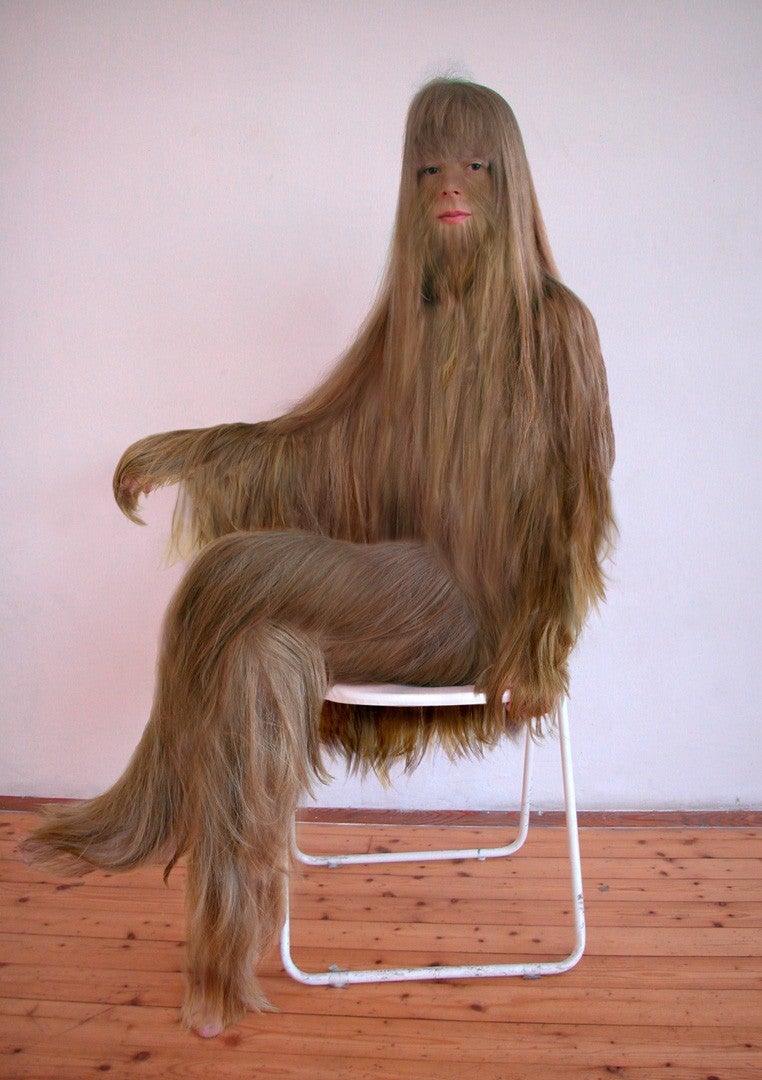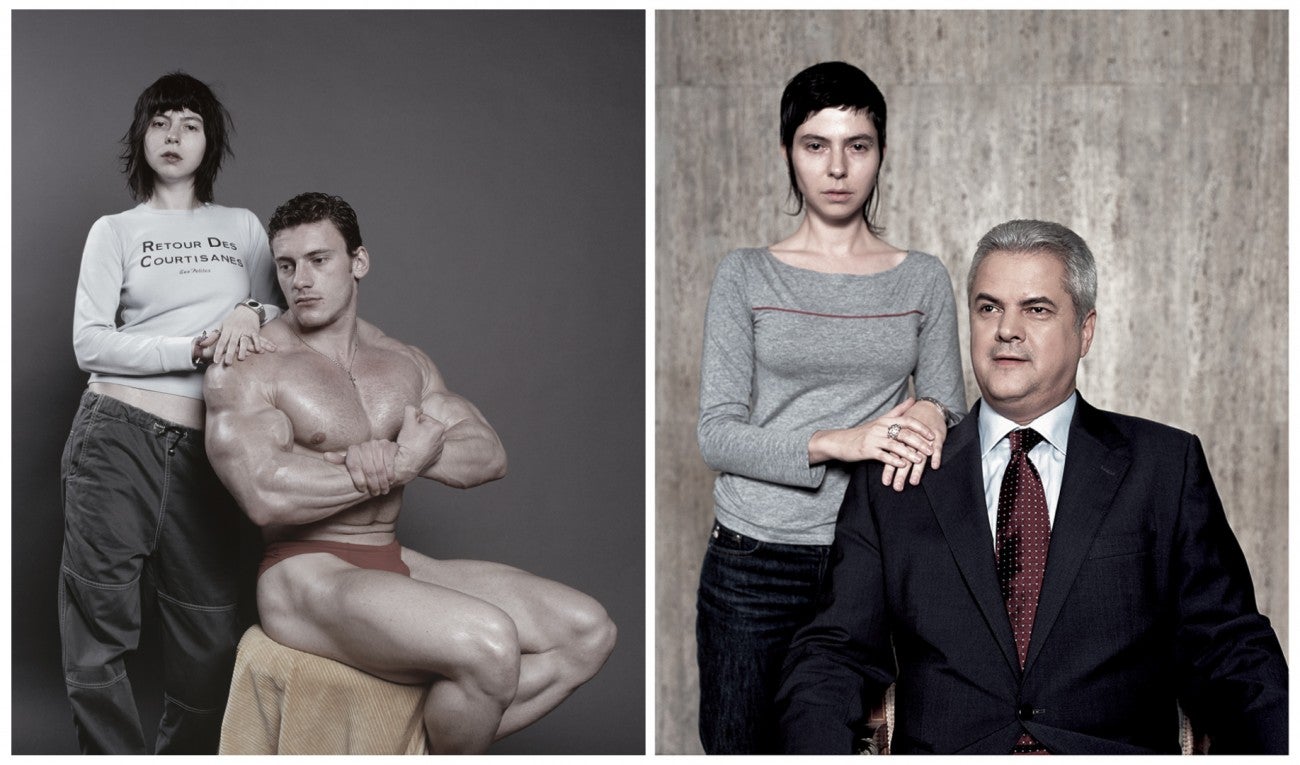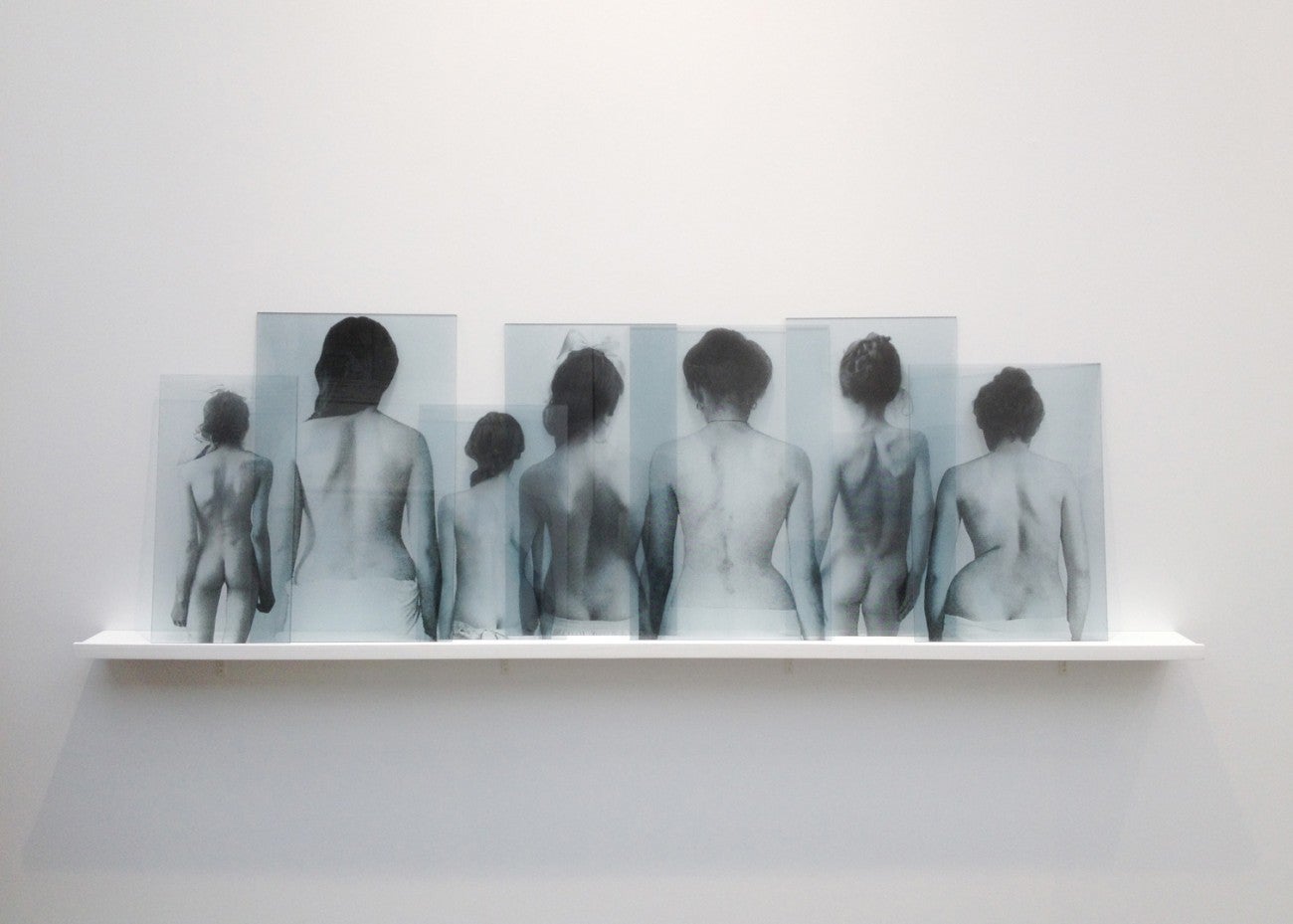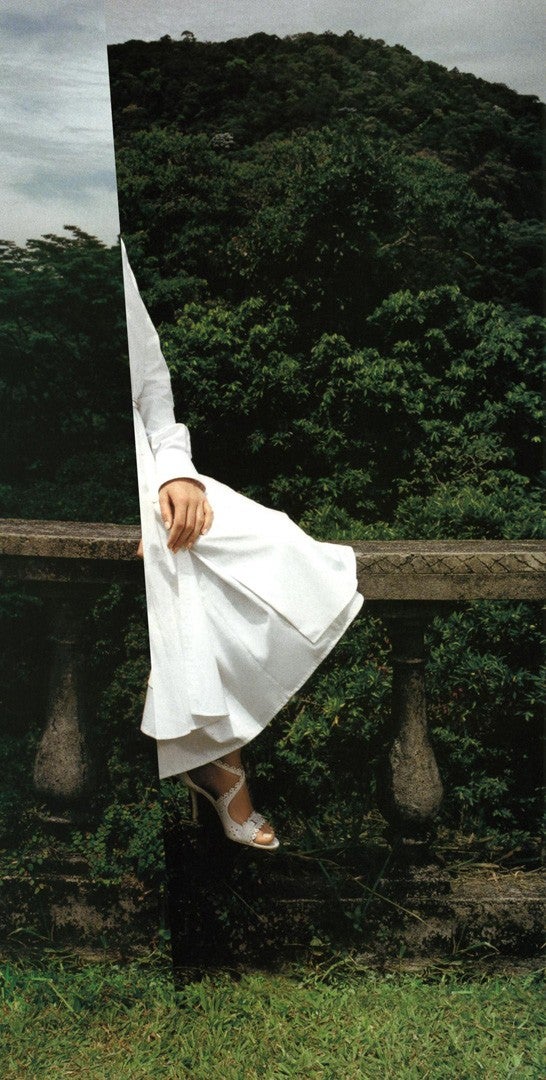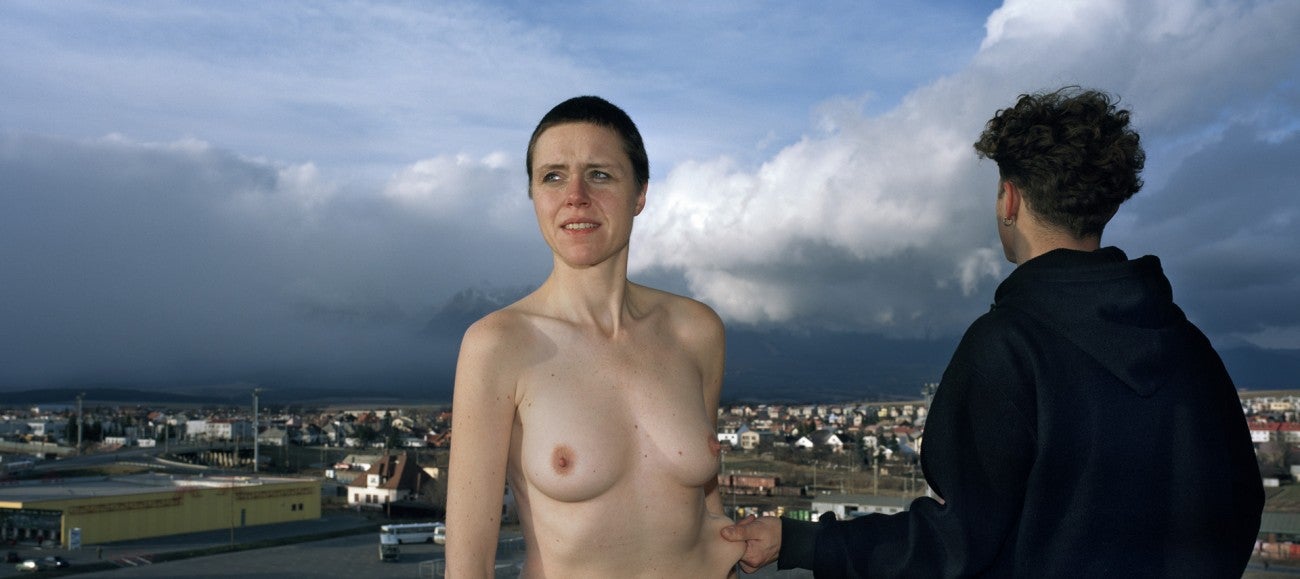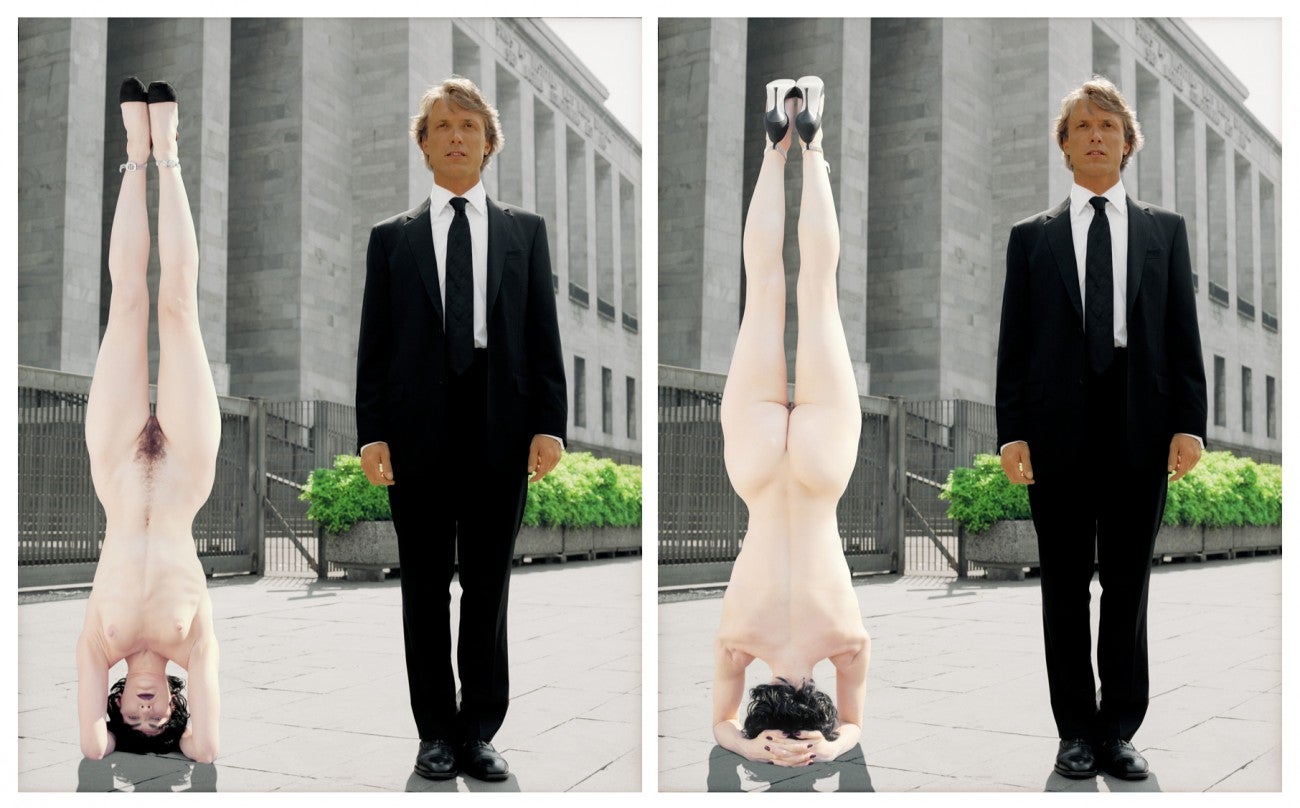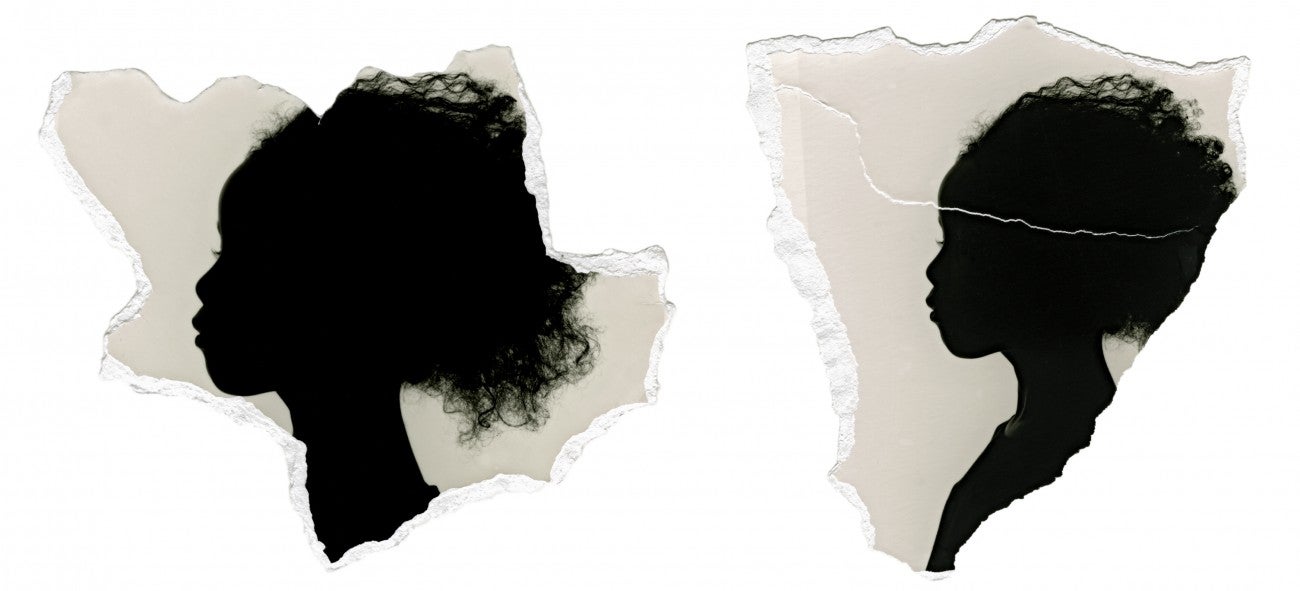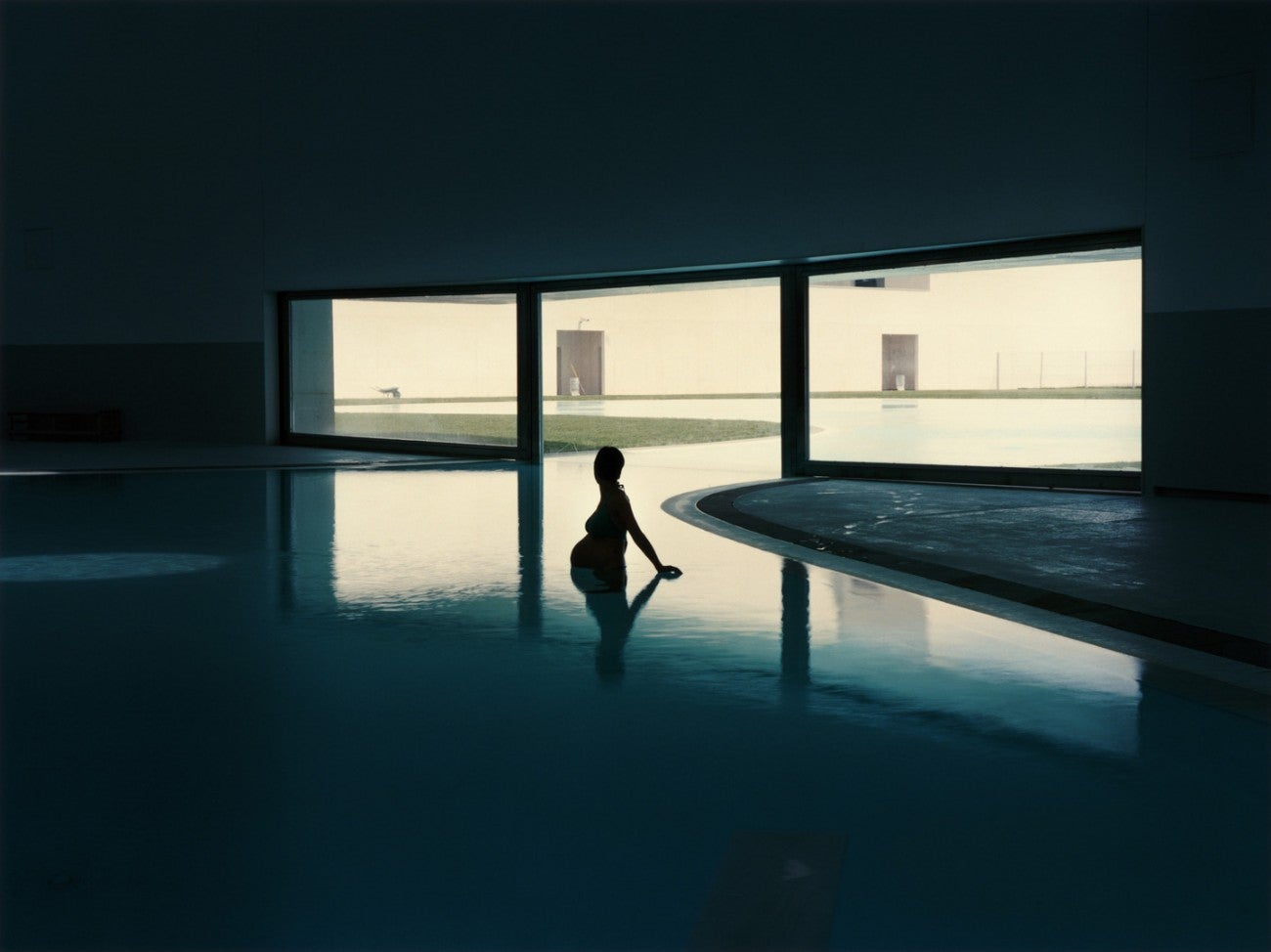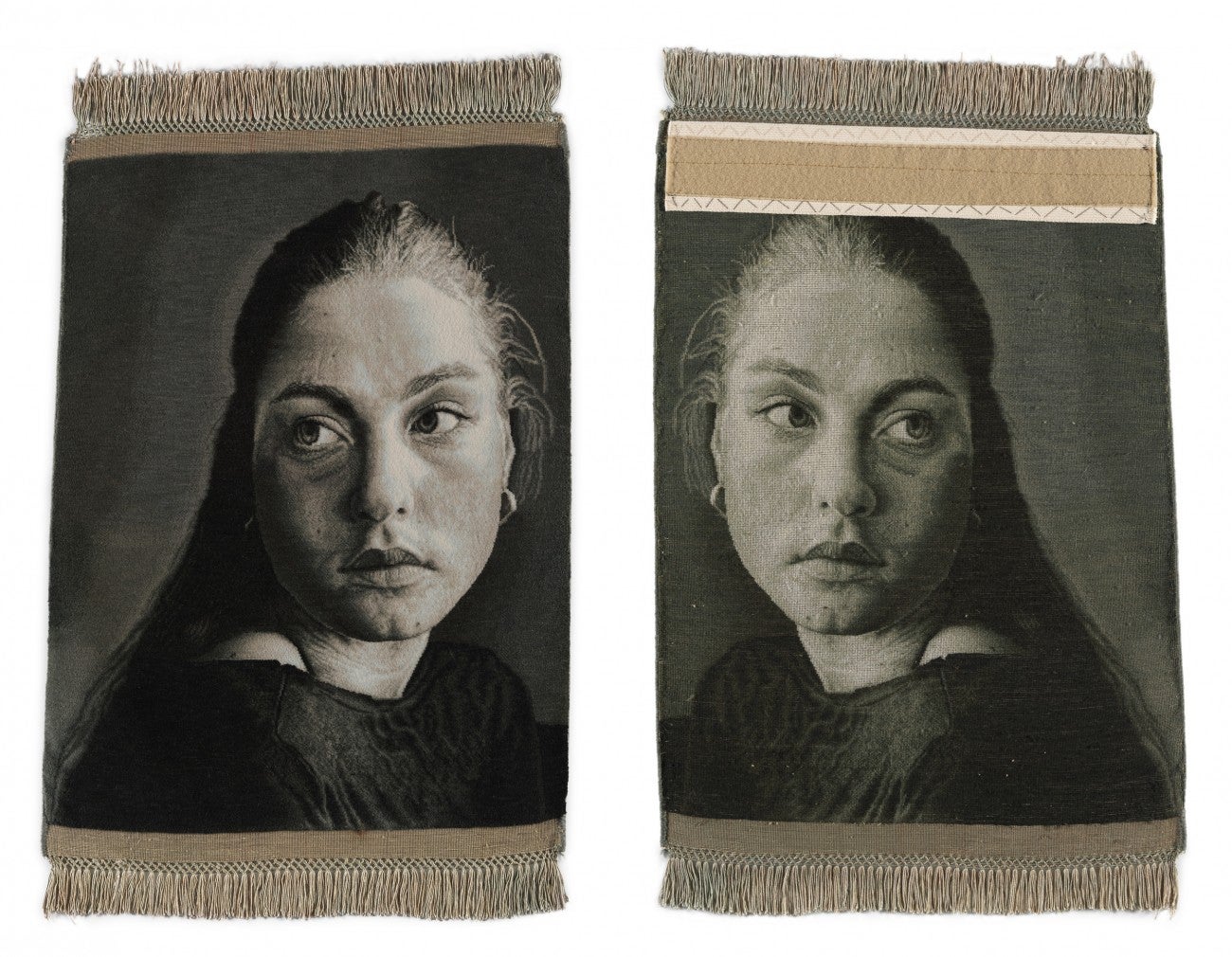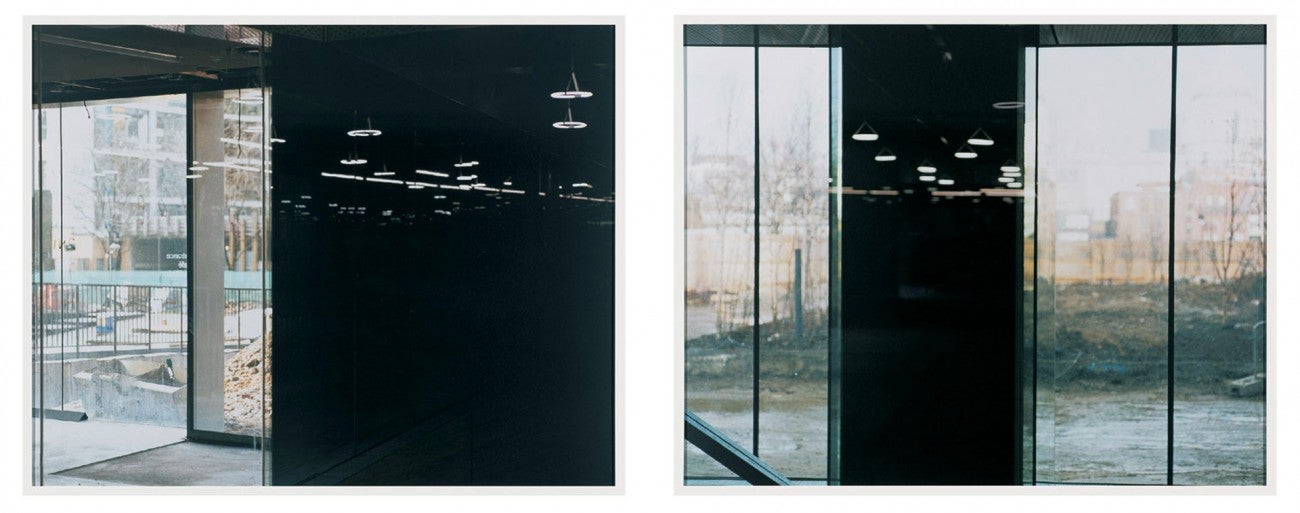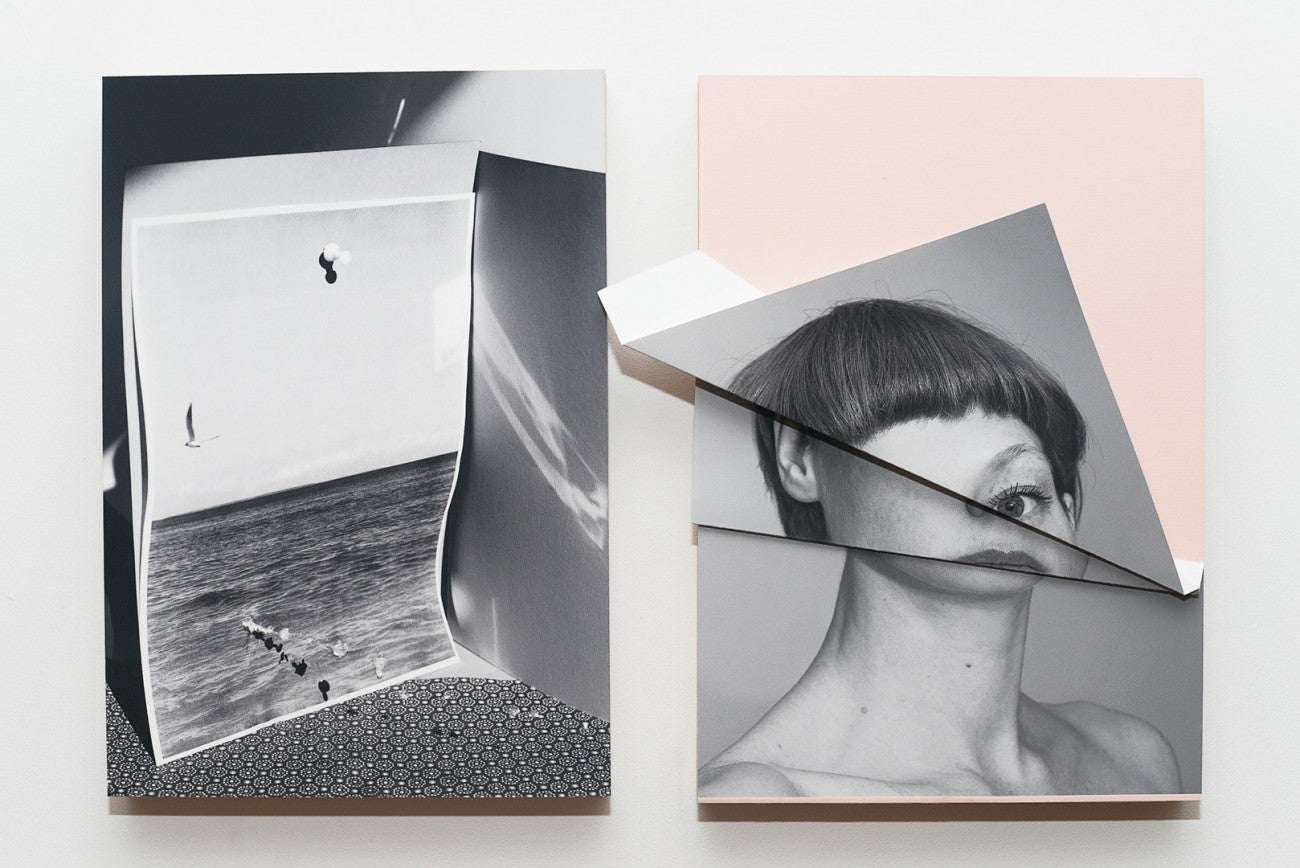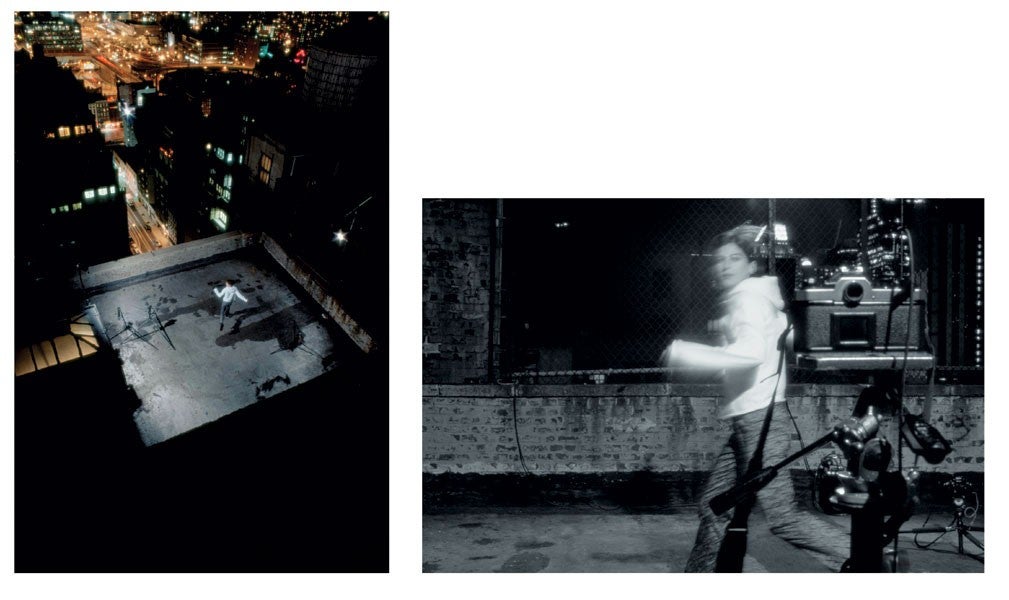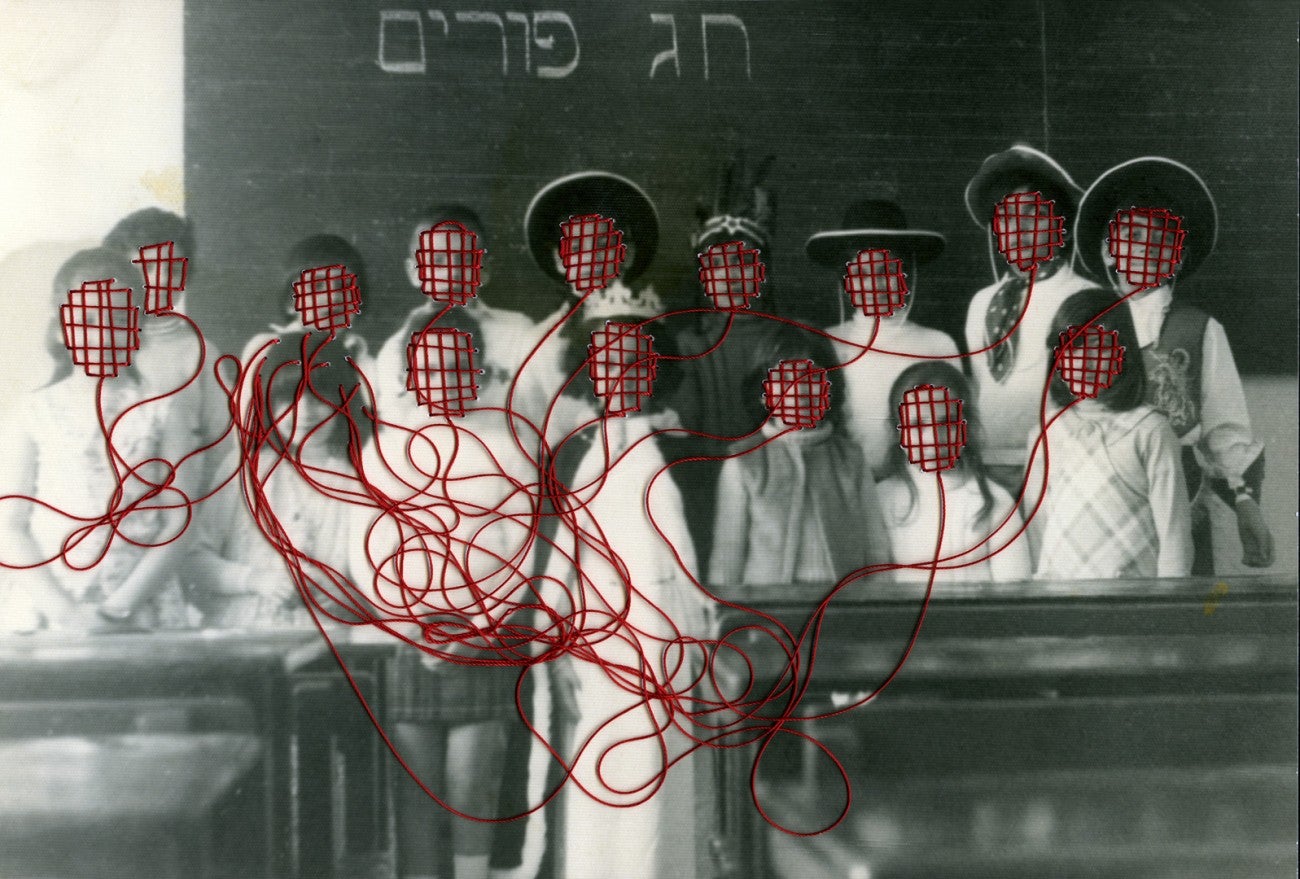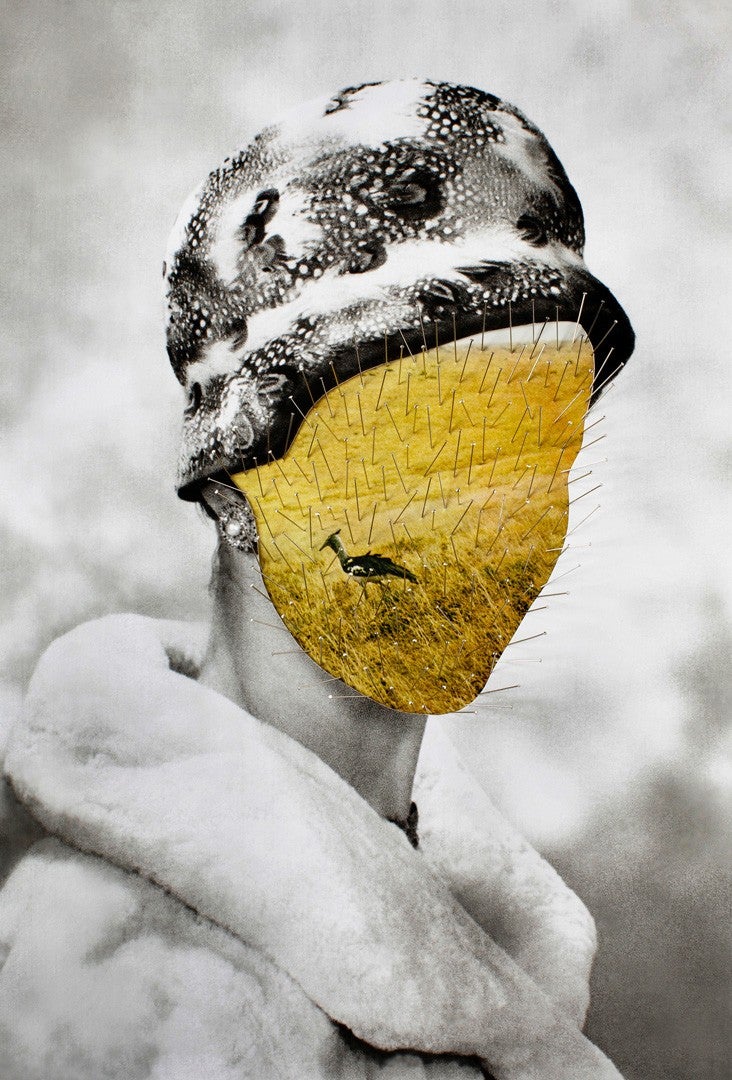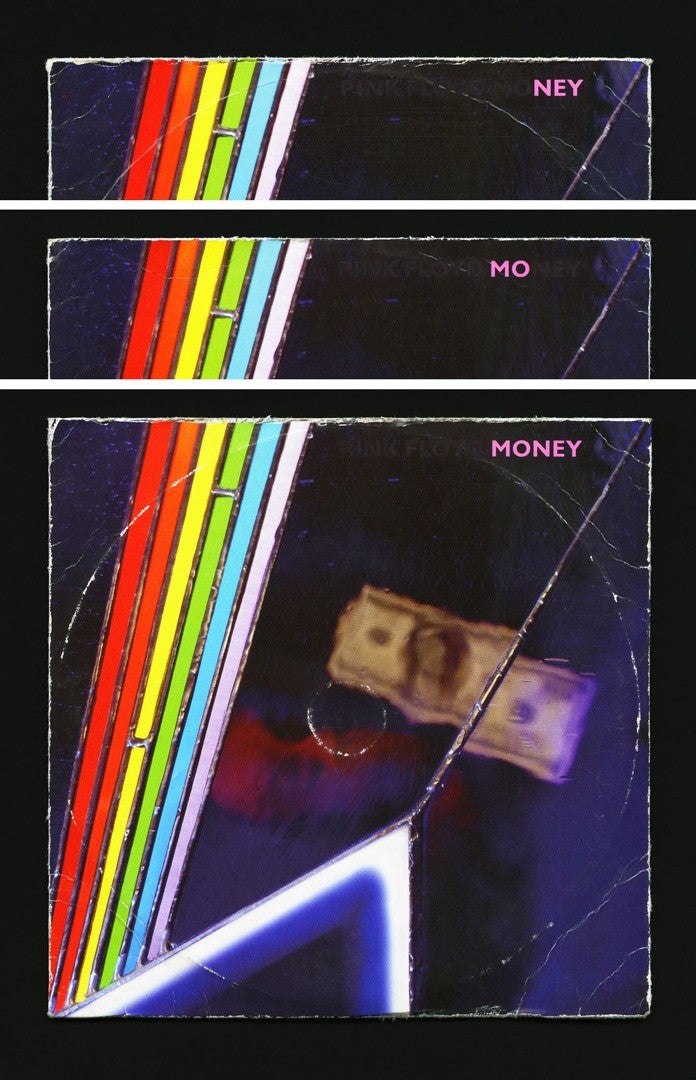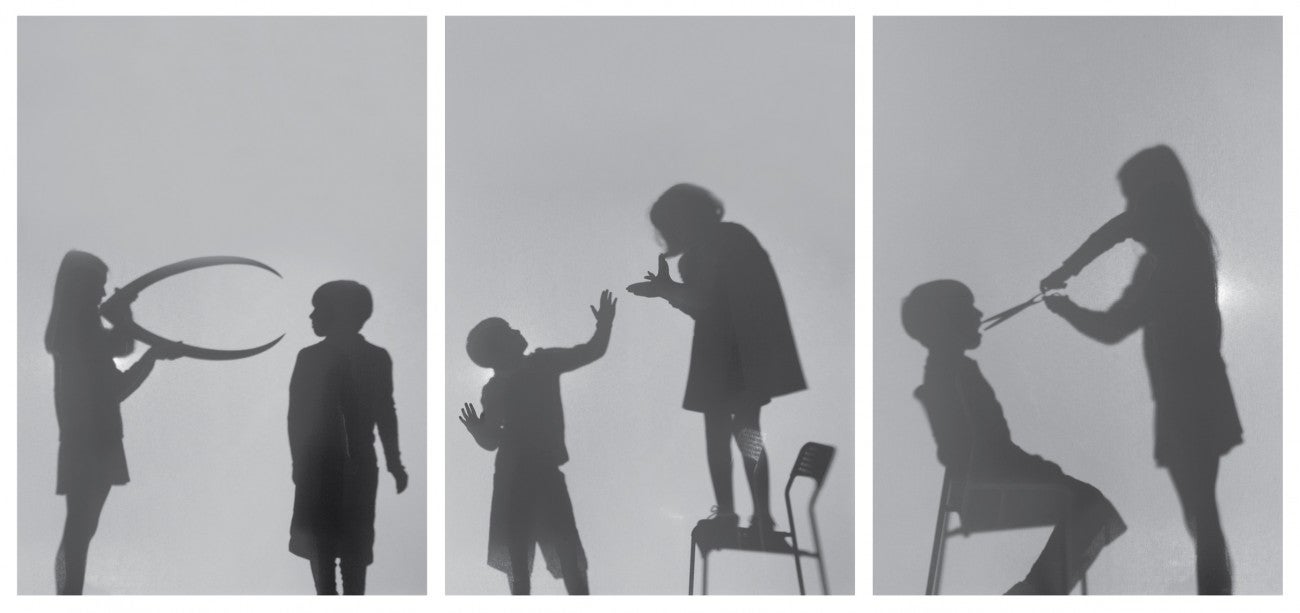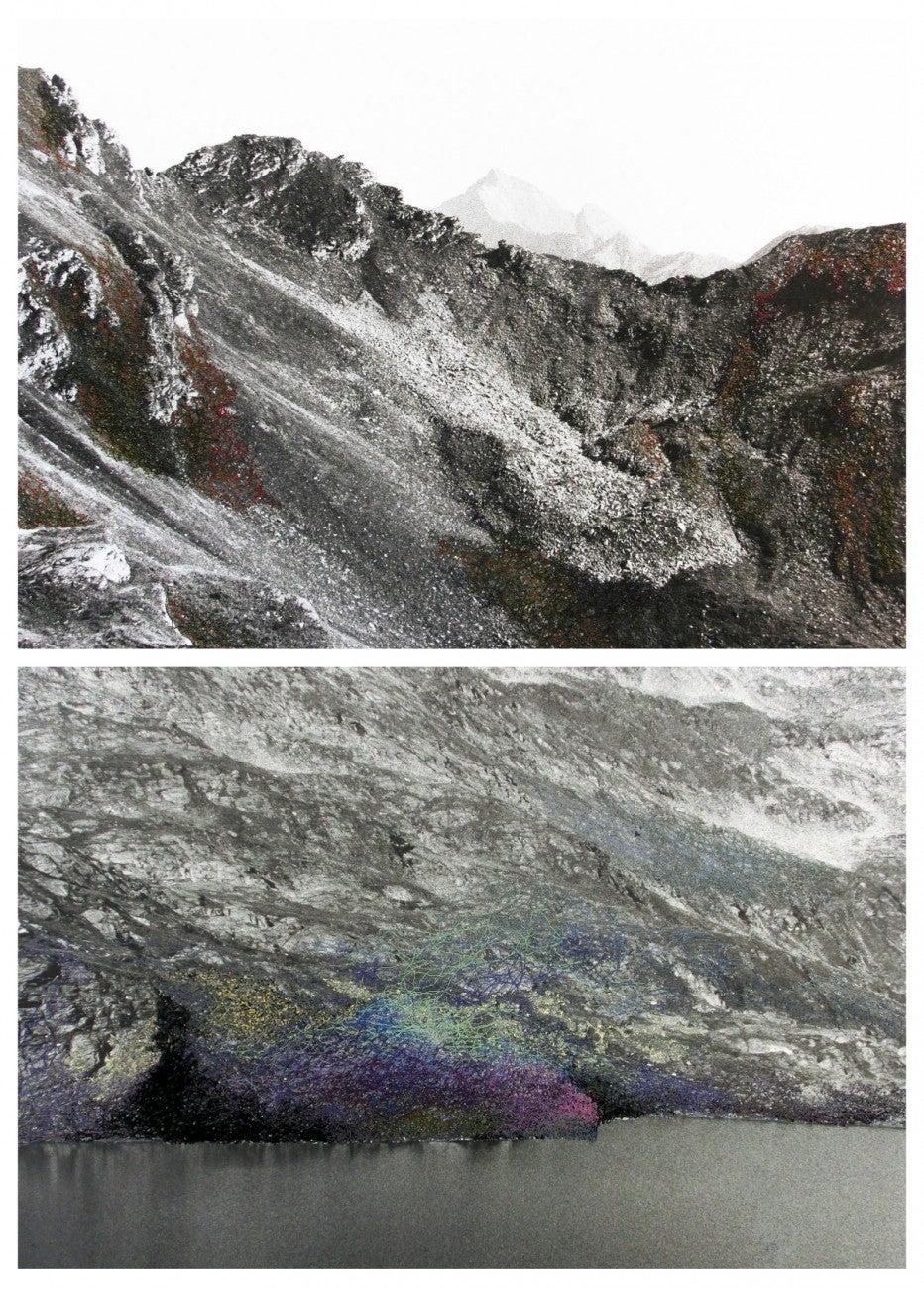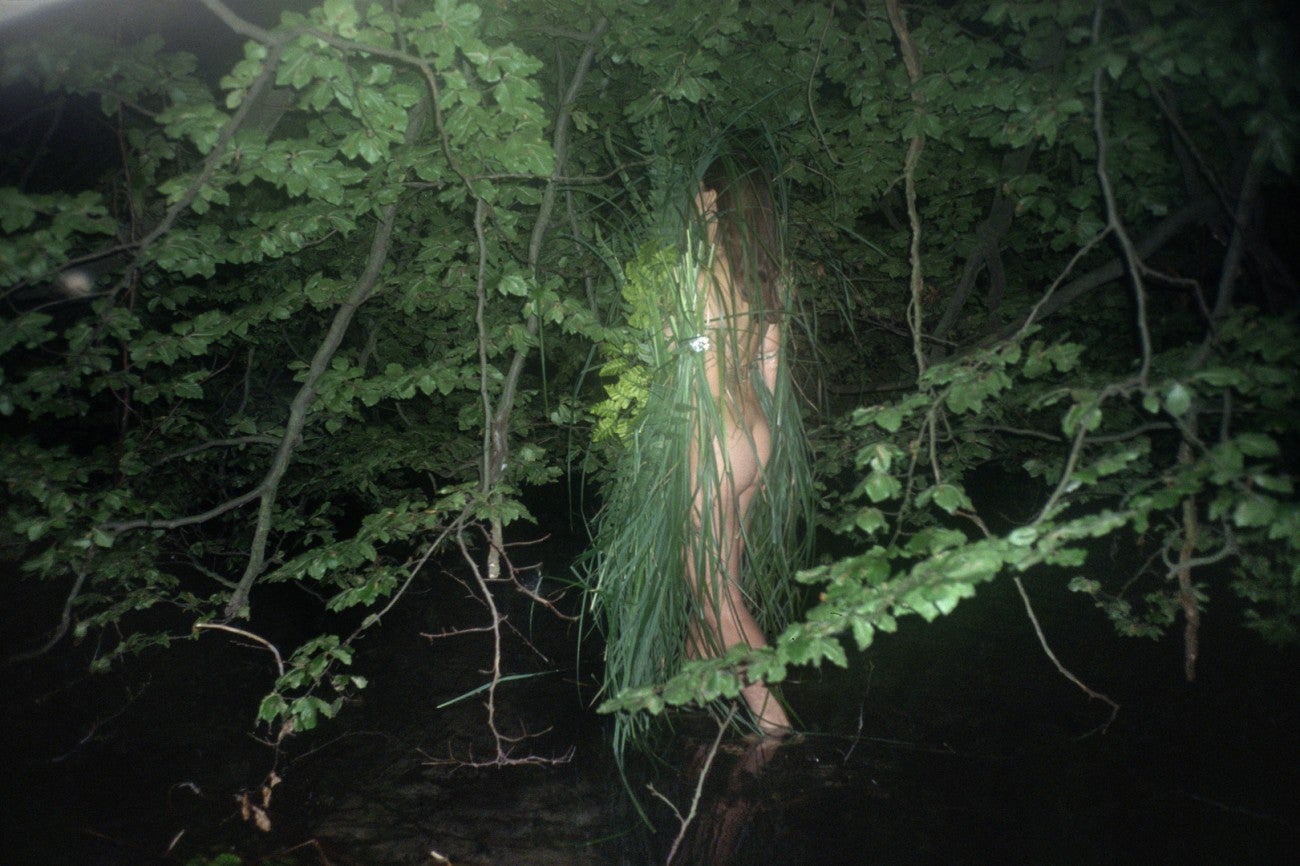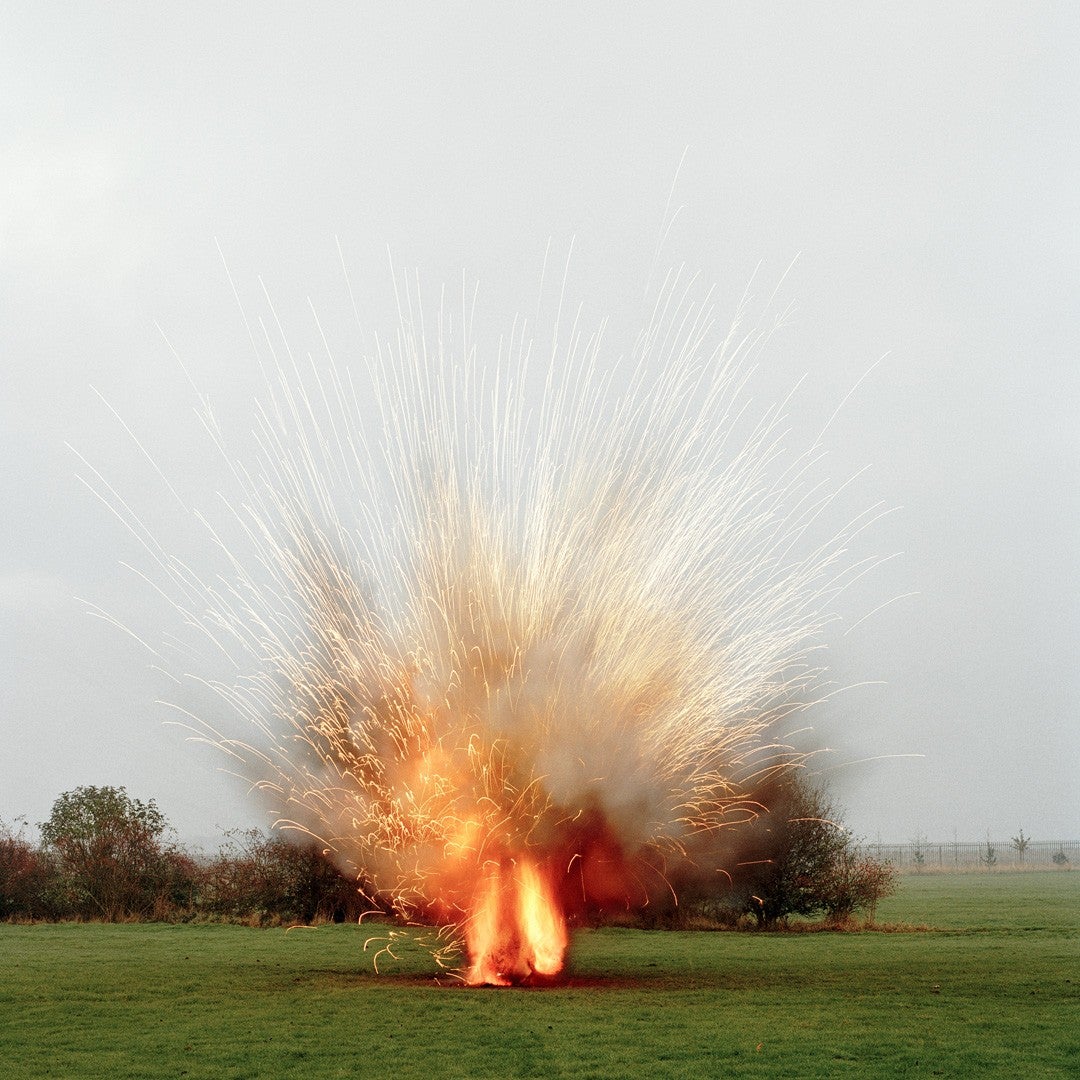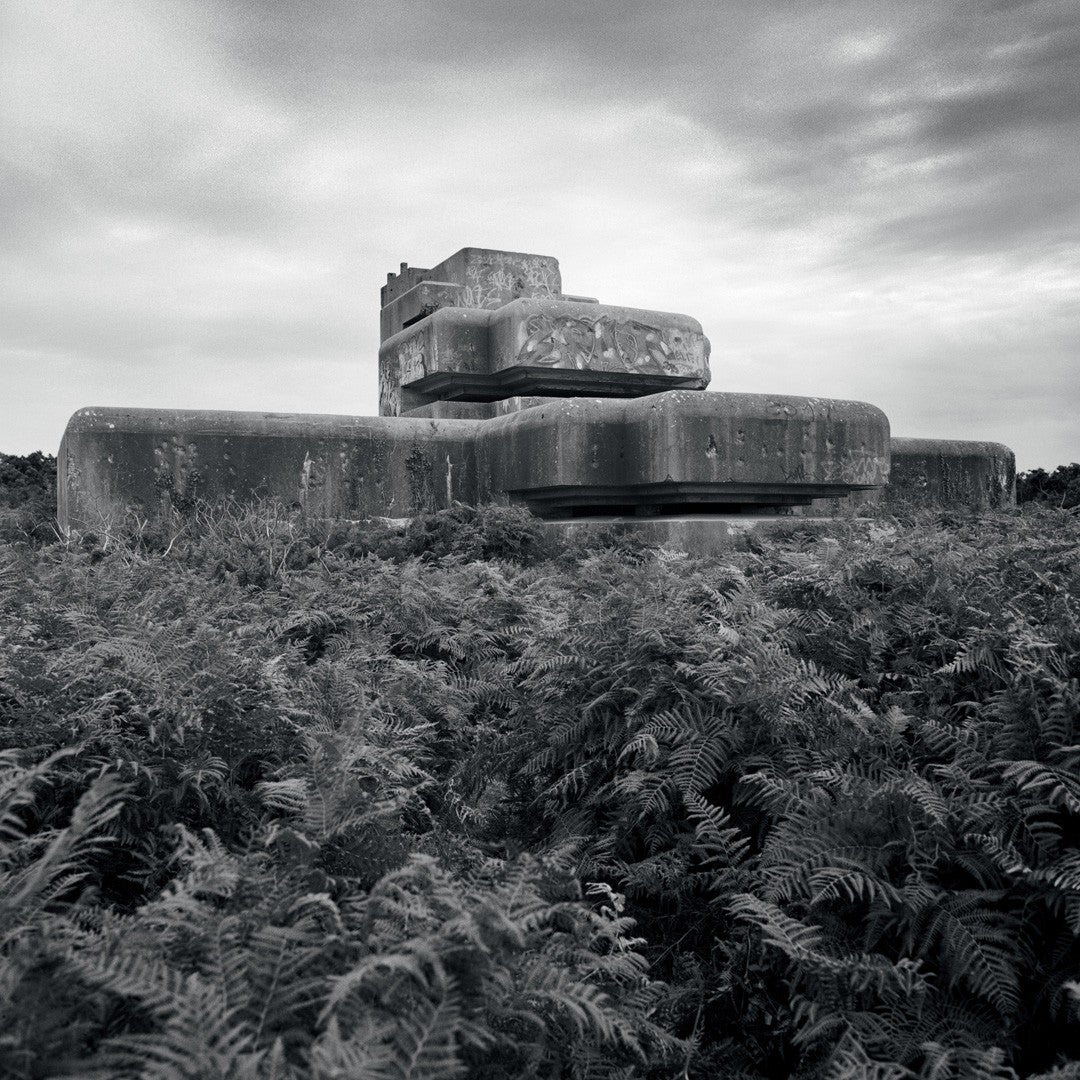In the Now
In the Now features photo-based artwork made after the year 2000 by women artists born or working in Europe, serving as a unique time capsule of the past two decades. Selected from the collection of Sir Mark Fehrs Haukohl—donated to LACMA and the Brooklyn Museum in 2021—the exhibition explores the ways in which traditional descriptive categories of gender, nation, and photography are being challenged by artists and the societies in which they live.
In the Now reveals variety of expression and complexity of form. Many artists in the exhibition contend with representations of the body but have individual perspectives on such issues as beauty, femininity, objectification, and what it means to be an artist who identifies as a woman in the twenty-first century. Likewise, these artists, while born or based in Europe, may or may not position their practices geographically or in accordance with nationalistic assumptions around identity. Some are grappling with the legacy of Soviet rule in their native countries, while others have immigrated to Europe from elsewhere in the world. Finally, these artists’ wide-ranging material and conceptual approaches testify to the expediting force of technology, which has made photography subject to greater circulation, alteration, and abstraction than ever before.
This exhibition suggests that women photographers practicing in Europe today are global citizens exploring chosen identities. In so doing, they point toward a future in which limiting statements can yield to productive questions.
Unless otherwise noted, all works are promised gifts of the Sir Mark Fehrs Haukohl Photography Collection. The collection comprises a total of 200 objects by eighty-one artists working in eighteen countries. The donation of this collection to LACMA and the Brooklyn Museum initiates a unique collaboration between the two museums. Over the next ten years, annual acquisitions will augment and diversify the collection, which will thus remain “in the now,” responsive to a changing world.
This exhibition was co-organized by the Los Angeles County Museum of Art and the Brooklyn Museum.
Generous support is provided by The Annenberg Foundation.
All exhibitions at LACMA are underwritten by the LACMA Exhibition Fund. Major annual support is provided by Meredith and David Kaplan, with generous annual funding from Kevin J. Chen, Louise and Brad Edgerton, Edgerton Foundation, Emily and Teddy Greenspan, Marilyn B. and Calvin B. Gross, Mary and Daniel James, Jennifer and Mark McCormick, Kelsey Lee Offield, Lenore and Richard Wayne, and Marietta Wu and Thomas Yamamoto.


